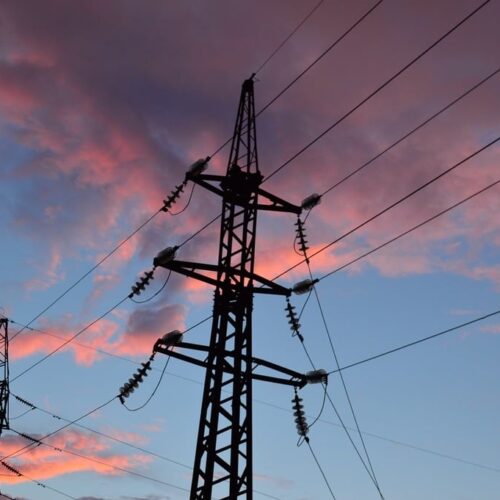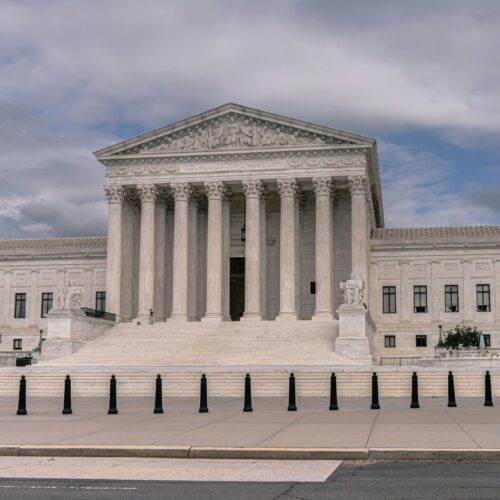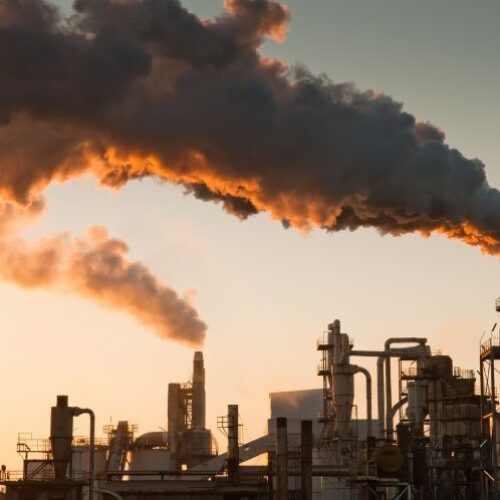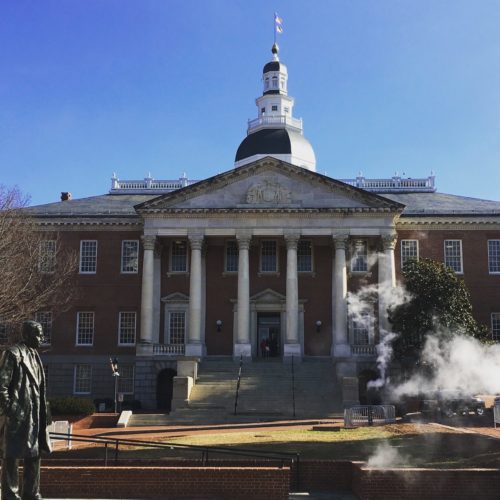Cuomo Unveils Environmental Agenda in State of the State Address
In his State of the State Address this week, New York Governor Andrew Cuomo unveiled a range of new proposals aimed at deepening the state’s commitment to renewable energy and pollution-reduction programs. Here is a brief summary:
RGGI: Cuomo will direct state environmental regulators to issue a rulemaking to implement a 30-percent reduction in the cap on greenhouse-gas emissions from power plants that are covered by the nine-state Regional Greenhouse Gas Initiative (RGGI). Member states agreed to the cap reduction last August. In addition, Cuomo said that New York would, for the first time, include revisions to cover smaller, older peaking plants with less than 25 megawatts of capacity, which until now have not been included in RGGI. RGGI currently covers power plants that are 25 megawatts or greater. Cuomo said that state officials would work with environmental justice communities to ensure that they benefit equitably from RGGI auction proceeds. Since 2013, RGGI has provided over $2 billion in regional economic benefits and $5.7 billion in public health benefits, according to the governor’s office.
Cuomo also pledged to adopt regulations ending the use of coal in the state’s power plants by 2020.
Offshore Wind: Cuomo announced the state would be issuing two RFPs for the development of 800 megawatts of electricity produced by offshore wind farms, enough to power 400,000 homes. Last year, Cuomo set a target of getting half of the state’s power from renewable sources by 2030, and proposed developing 2.4 gigawatts of offshore wind by that time. Other states in the region are aggressively promoting offshore wind, including Massachusetts, where legislation signed by Governor Charlie Baker in 2016 requires utilities to procure 1.6 gigawatts of power from offshore wind in a little over 10 years. Last May, Maryland regulators approved two wind farms with a combined generating capacity of 369 megawatts to be built at least 14 miles off the state’s coastline.
Clean Energy Workforce Development: Cuomo said that he would direct the New York State Energy Research and Development Authority (NYSERDA) to invest $15 million in clean-energy workforce development and infrastructure advancement to train workers for jobs in the offshore wind industry. He is also directing state agencies to identify potential public and private offshore wind port infrastructure investments. Several other states in the region are working to attract significant private investment, and become a manufacturing “hub” for the offshore wind industry as it takes shape here.
Community Solar: NYSERDA will provide community solar subscriptions for more than 10,000 low-income customers, at zero cost, and work with various stakeholders to determine how the program can better serve low-income New Yorkers.
Energy Storage: Cuomo is launching an initiative to deploy 1,500 megawatts of energy storage by 2025 and employ 30,000 workers. The governor also proposed that the New York Green Bank commit at least $200 million for storage-related investments to help drive down costs and to strategically deploy energy storage in places where the grid needs it most. The governor also is directing NYSERDA to invest at least $60 million in storage pilots and activities to reduce barriers to deploying energy storage. New York is one of four states that have energy storage mandates or targets in place. They include California (1,825 MW by 2024); Massachusetts (200 MW by 2020); and Oregon (5 megawatt-hours per utility by 2020).
Reconvene the Scientific Advisory Committee on Climate Change: After announcing plans to exit the United States from the international climate-change pact known as the Paris Agreement, the current administration disbanded the federal government’s climate advisory committee. Cuomo announced that he would reconvene the advisory committee, in collaboration with members of the bipartisan U.S. Climate Alliance, which he formed in June 2017 with the governors of California and Washington State, and currently includes 15 member states.





